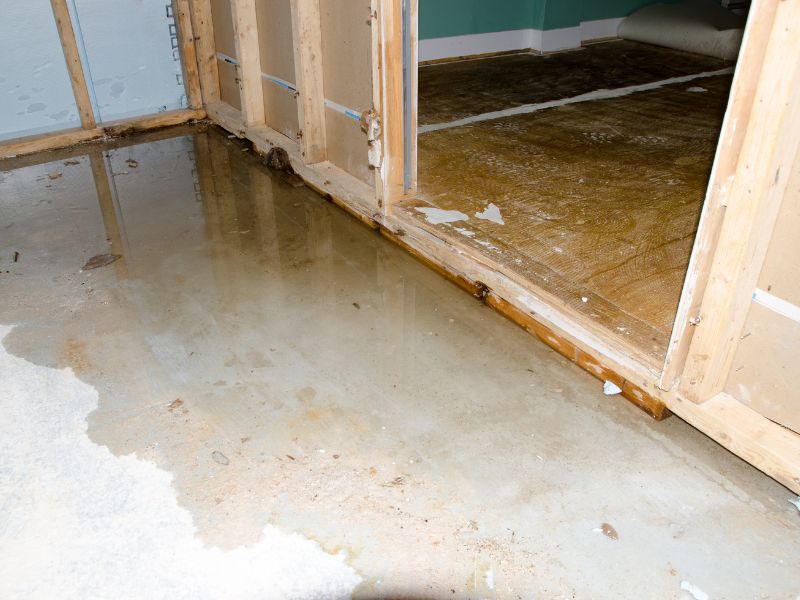Introduction
Flood and sewage cleanup is not only essential for safeguarding human health but also play a crucial role in protecting the environment. When sewage spills occur during floods, they introduce a myriad of pollutants into ecosystems, posing significant threats to water quality and wildlife. In this blog post, we’ll explore the environmental consequences of sewage spills during floods and discuss effective cleanup strategies to mitigate their damage.
The Environmental Consequences of Flood and Sewage Cleanup
Sewage spills during floods exacerbate the environmental impact by introducing a wide range of pollutants into water bodies and surrounding areas. These pollutants, including pathogens, nutrients, and toxic chemicals, can have devastating effects on ecosystems and water quality. Here are some key environmental consequences:
- Water Contamination: Sewage spills contaminate water bodies with harmful pathogens and nutrients, posing risks to human health and aquatic life. Elevated levels of nitrogen and phosphorus from sewage can fuel algal blooms, leading to oxygen depletion and the formation of dead zones in water bodies.
- Habitat Destruction: Flood and sewage cleanup efforts can result in habitat destruction, particularly in sensitive ecosystems such as wetlands and estuaries. This habitat loss disrupts ecosystems and threatens biodiversity, putting additional stress on already vulnerable species.
- Soil Pollution: Sewage spills can contaminate soil with pollutants, rendering it unfit for agriculture or other uses. Soil pollution from flood and sewage cleanup efforts can also leach into groundwater, further compromising water quality and posing long-term risks to human health.
- Impact on Wildlife: Wildlife is particularly vulnerable to the effects of flood and sewage cleanup, with many species at risk of direct exposure to contaminated water or food sources. Habitat destruction and ecosystem disruption can lead to population declines and threaten the survival of aquatic and terrestrial species alike.
Cleanup Challenges
Flood and sewage cleanup present numerous challenges, requiring swift and coordinated efforts to contain and remove pollutants effectively. Some of the key challenges include:
- Containment and Removal: Containing sewage spills during floods can be challenging due to rapidly changing water levels and strong currents. Effective containment and removal strategies are essential to prevent further spread of pollutants.
- Health Risks: Cleanup crews face health risks from exposure to pathogens and toxic chemicals present in sewage. Proper protective gear and safety protocols are essential to minimise the risk of illness or injury during cleanup efforts.
- Resource Allocation: Flood and sewage cleanup efforts require significant resources, including specialised equipment and trained personnel. Coordinating resources and mobilising support from government agencies and environmental organisations is crucial for effective cleanup operations.
- Environmental Monitoring: Regular monitoring of water quality and ecosystem health is essential to assess the effectiveness of cleanup efforts and identify any lingering environmental impacts that may require additional attention.
Effective Cleanup Strategies
Despite the challenges, several strategies can be employed to effectively clean up sewage spills during floods and mitigate their environmental impact:
- Containment Measures: Deploying containment booms and barriers can help prevent sewage from spreading further in water bodies during floods, allowing for more targeted cleanup efforts.
- Mechanical Removal: Vacuum trucks and other mechanical equipment can be used to remove sewage and contaminated sediment from affected areas, minimising its impact on the environment.
- Bioremediation: Utilising natural processes such as bioremediation can accelerate the breakdown of pollutants in soil and water, helping to restore ecosystem health more quickly.
- Community Engagement: Engaging local communities in flood and sewage cleanup efforts can help raise awareness of environmental issues and foster a sense of stewardship for natural resources.
Conclusion
Flood and sewage cleanup are essential for protecting both human health and the environment from the devastating effects of sewage spills during floods. By implementing effective cleanup strategies and investing in proactive measures to prevent future spills, we can minimise the environmental impact and ensure the long-term health and sustainability of our ecosystems. At Trauma Clean 24 Seven, we are committed to providing comprehensive flood and sewage cleanup services while prioritising environmental protection and safety. Together, we can work towards a cleaner, healthier environment for generations to come.
We offer a range of specialist and biohazard cleaning services. From hoarding clean up to needle sweeps and crime scene cleaning. For further information on any of our services please do not hesitate to contact us on 02036408247 or email at [email protected]

